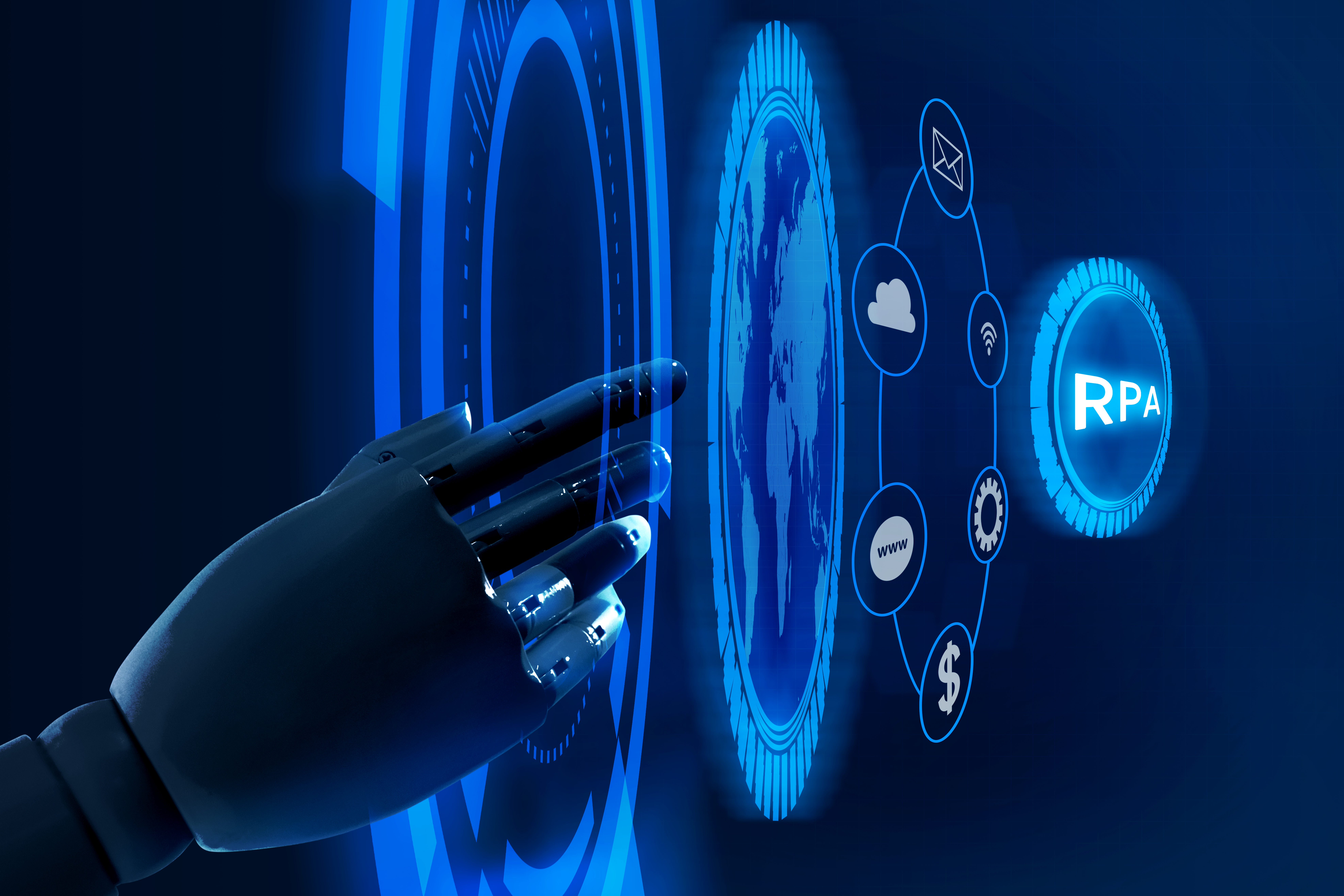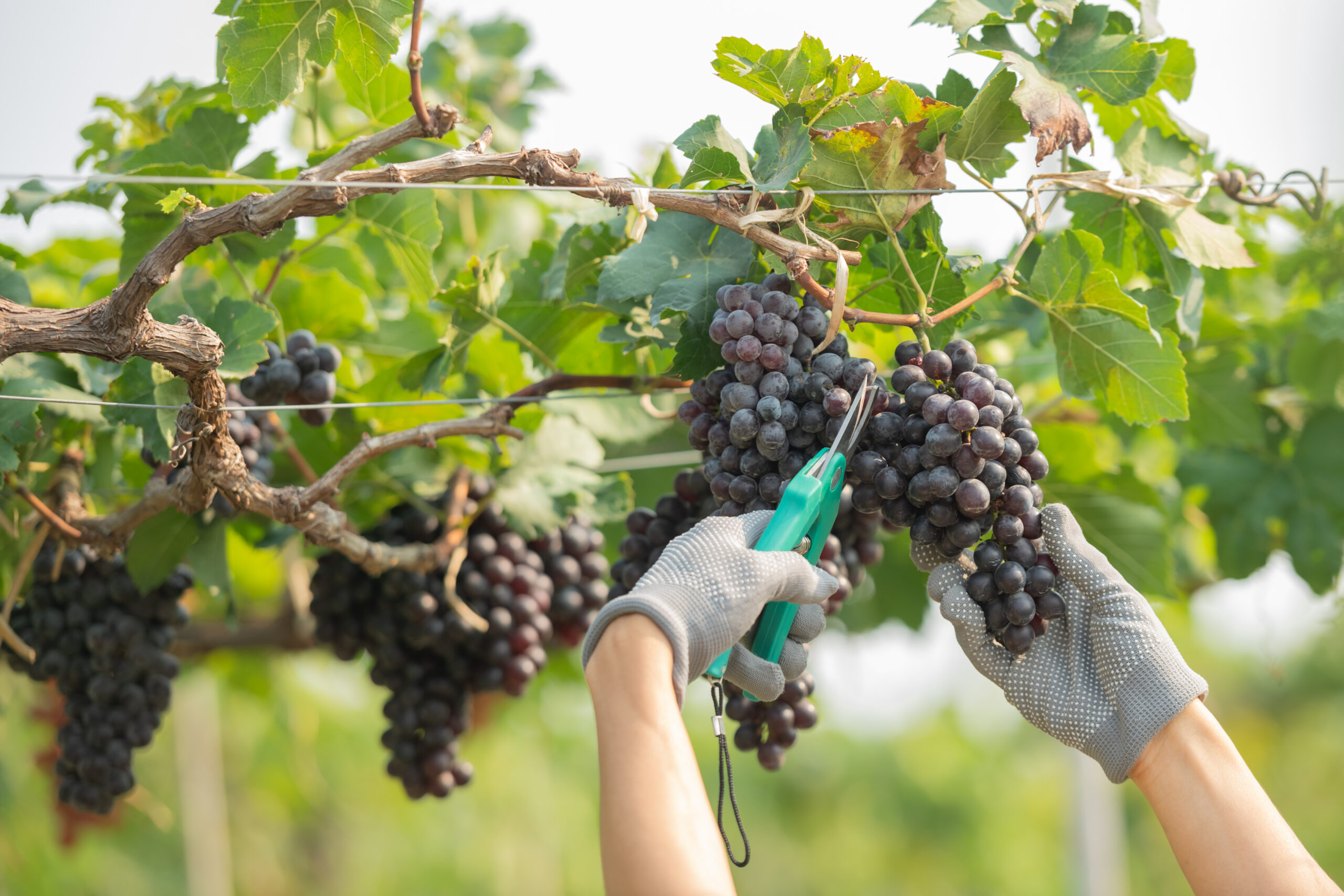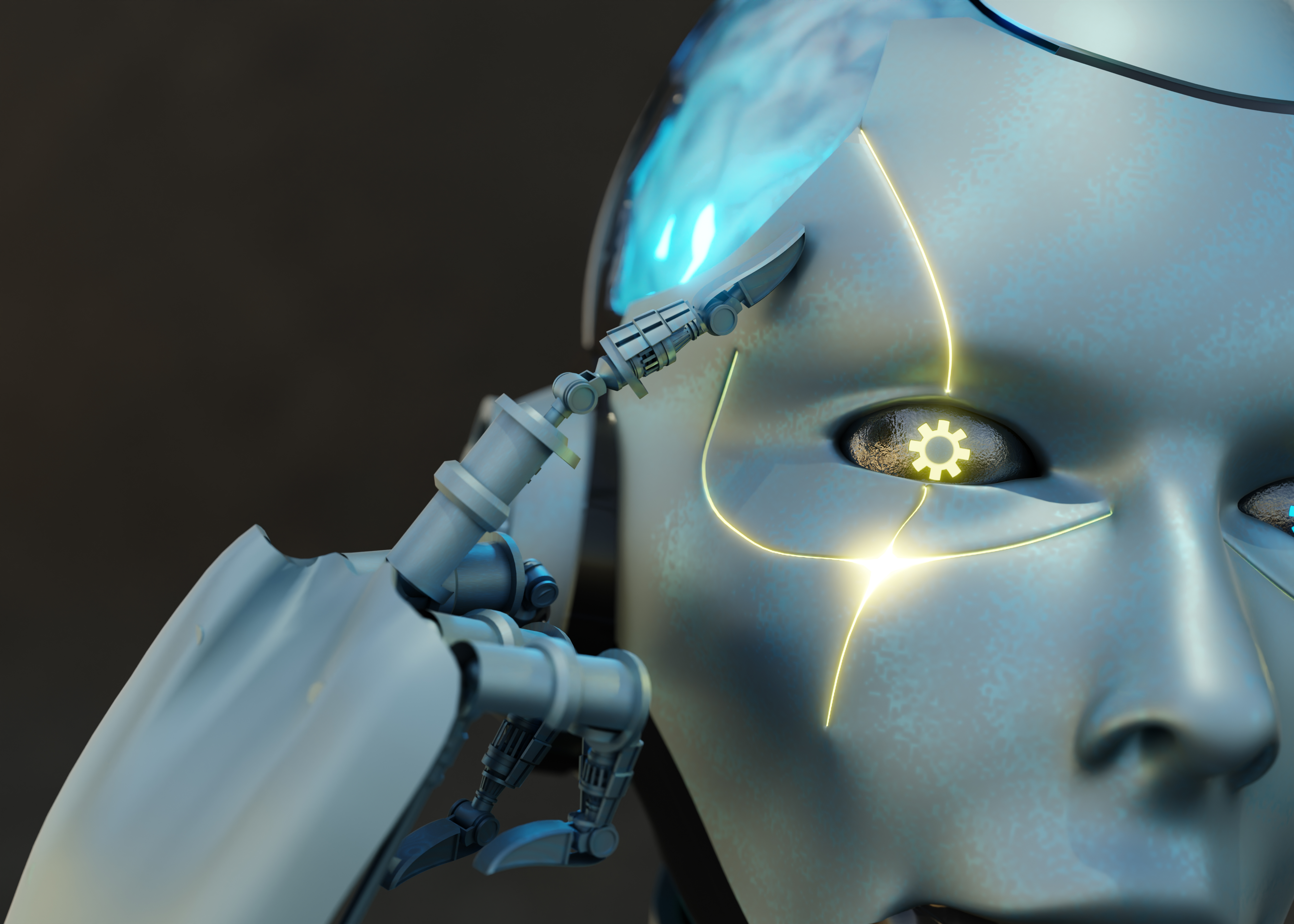

In a data science strategy, the precise definition of the problem is crucial. Asking the right questions enables us to obtain insights, predictions, and useful knowledge for businesses in a big data environment. It is important to involve all stakeholders within the organization and use direct methods to frame the problem, integrating perspectives from different areas. Collaboration between data scientists and business users is fundamental to the success of the project.

The use of IoT and wearables in golf is revolutionizing the industry. Devices like smart golf clubs and sensors connected to the player’s glove analyze and improve the swing, offering instant feedback and personalized training programs. Additionally, real-time data tracking, such as the distance the ball travels, promotes competition and enhances the game. Overall, IoT makes golf more precise, professional, and appealing to all generations.

Industry 4.0 relies on managing large volumes of information to optimize production in real time. The challenge lies in capturing, organizing, and managing data efficiently, as well as collaborating with all actors in the supply chain. Collaboration and the use of technologies like Artificial Intelligence are essential to drive digitization and optimize decision-making in Industry 4.0.

The wine industry is in the early stages of digital transformation but has a high potential for technology adoption. Digitalization across the wine value chain can improve efficiency, traceability, and marketing. Artificial intelligence, the Internet of Things, and blockchain technology are key tools in this process.

The wine industry has growth potential in adopting digital technologies. IoT sensors, artificial intelligence, and blockchain are used to enhance production, traceability, and efficiency. Digitalization helps predict weather, optimize harvests, monitor soil quality, and streamline processes. The challenge is to include SMEs in this process to maintain competitiveness and wine quality.

Artificial Intelligence (AI) exhibits biases that can be dangerous for society because machines learn from biased data. These biases can have significant social consequences, such as discrimination in hiring and incorrect labeling of images. However, AI is not inherently bad; rather, proper data selection and corrective measures are required to address these biases. It is crucial to have diverse teams in AI development and to work toward responsible AI by applying techniques like explainability and meta-learning.
Subscribe to our periodic Technology News digest.

©2023 Zentricx – All Rights Managed.